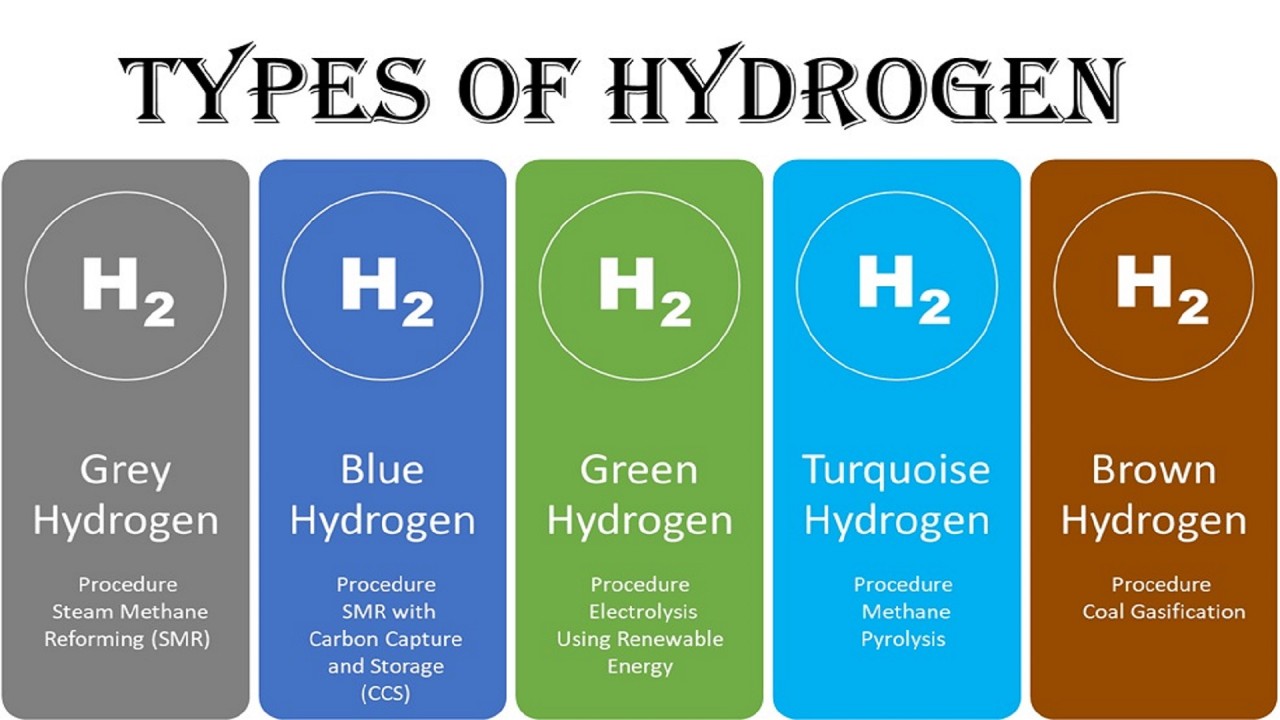MOL aims to implement joint projects that will contribute to the company's SHAPE TOMORROW 2030+ strategy.Continue reading
MOL, Volánbusz, MÁV, and Waberer’s have signed a strategic cooperation agreement to develop hydrogen mobility, reports Index. György Bacsa, Managing Director of MOL Hungary, said that it is time for hydrogen fuel investments.
“Hydrogen is already present in all areas, we have been talking about possible developments, but now it is time to develop concrete concepts and to reallocate funds to the sector,” MOL Hungary’s managing director noted, assessing the strategic cooperation agreement signed with Volánbus, MÁV, and Waberer’s to develop hydrogen mobility.
Hydrogen has an important role in many areas of the energy industry: this colorless, odorless gas is used for energy storage, but it can also be used as a kind of blending agent, a substitute for natural gas. In the industrial sector, hydrogen is used both in fuel production and in the chemical industry. In production processes, hydrogen is needed to break down and transform compounds. In the fuel sector, hydrogen is currently produced from natural gas, and hydrogen production accounts for one third of refinery carbon dioxide emissions. György Bacsa highlighted:
If this can be replaced by green or blue hydrogen, it will lead to a significant reduction in carbon emissions.”
Hydrogen in itself, like electricity, is not necessarily green. The main question is how it is produced.

Photo via LinkedIn/Farazuddin Azlan
Hydrogen technology offers many opportunities: in the longer term, it cannot only catch up with electromobility for certain types of vehicles, but also overtake it. In addition, hydrogen technology is not sensitive to rare earth elements that are difficult to obtain in Europe.
“We have launched major projects in Hungary, Slovakia, and Croatia to produce hydrogen and optimize our own needs. At the same time, we are also open to the mobility sector and are setting up filling points. The four companies are developing a common infrastructure through which we will offer solutions for heavy vehicles and the rail sector in the future,” MOL Hungary’s managing director stressed. He added that with the joint efforts of the four large companies, they can achieve very serious success not only in Hungary, but also on the European stage.
Hydrogen technology is not yet a winner, but it has great potential.
It will take money, innovation, knowledge, and cooperation to spread the new solutions in Europe,
emphasized Bacsa.
Ádám Horváth, director of the MOL Group’s Downstream business, talked in detail about the company’s investments in hydrogen technology. One of these is already certain to be completed, as the 10-megawatt electrolysis unit in Százhalombatta (near Budapest) will reach the so-called mechanical completion stage within weeks as part of a nearly two-year investment.
The EUR 22 million plant will be capable of producing around 1,600 tons of clean, carbon-neutral green hydrogen per year, avoiding more than 25,000 tons of carbon dioxide emissions and replacing part of the current natural gas-based production process. As this technology is a major contributor not only to the refineries’ carbon footprint, but also to MOL Group’s overall carbon footprint, the new technology will support the company’s carbon neutrality goals and contribute to energy independence in the region.
This will be the largest operating electrolysis plant in eastern Central Europe within a few months.
Via Index; Featured image via Facebook/MOL